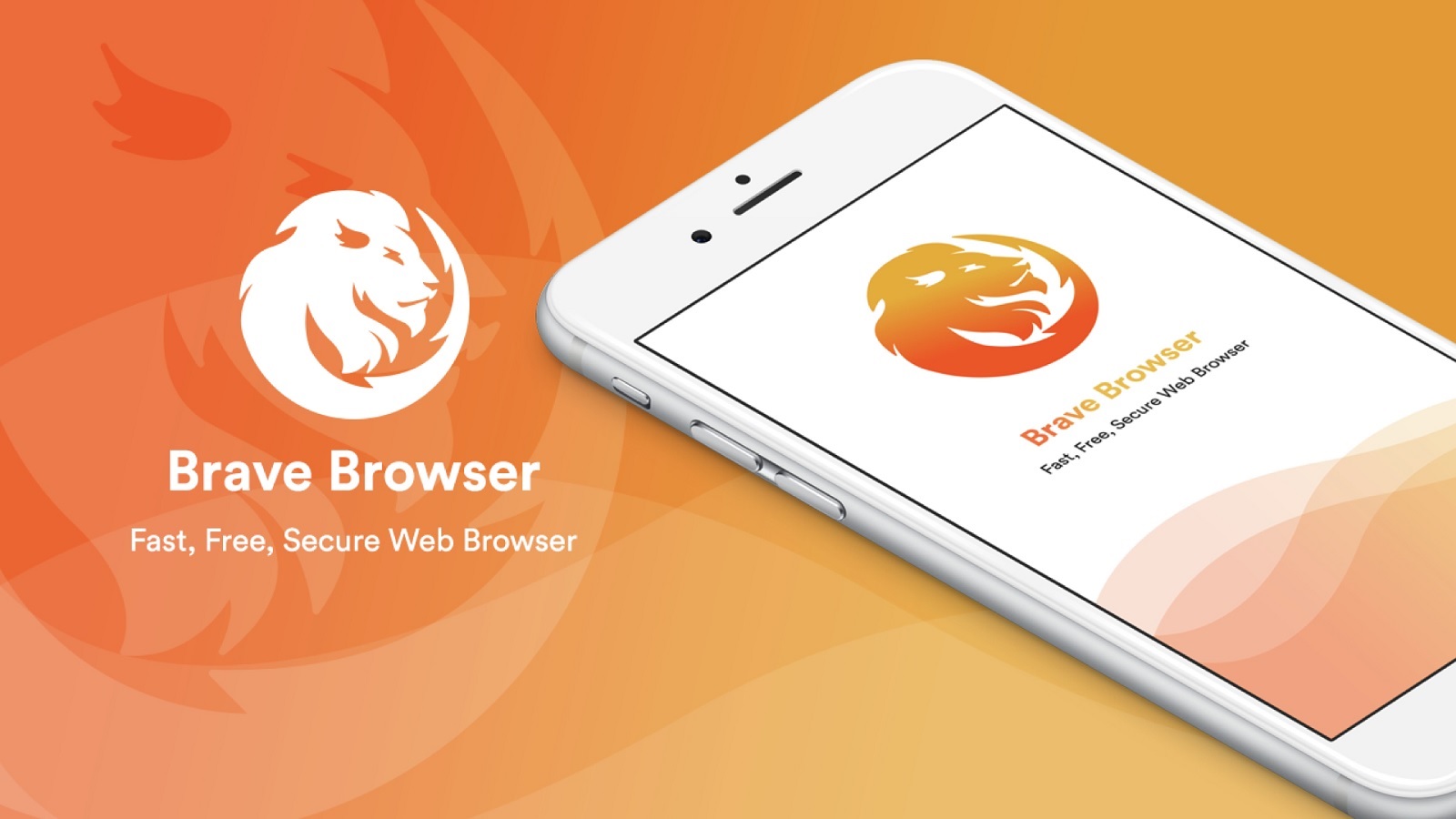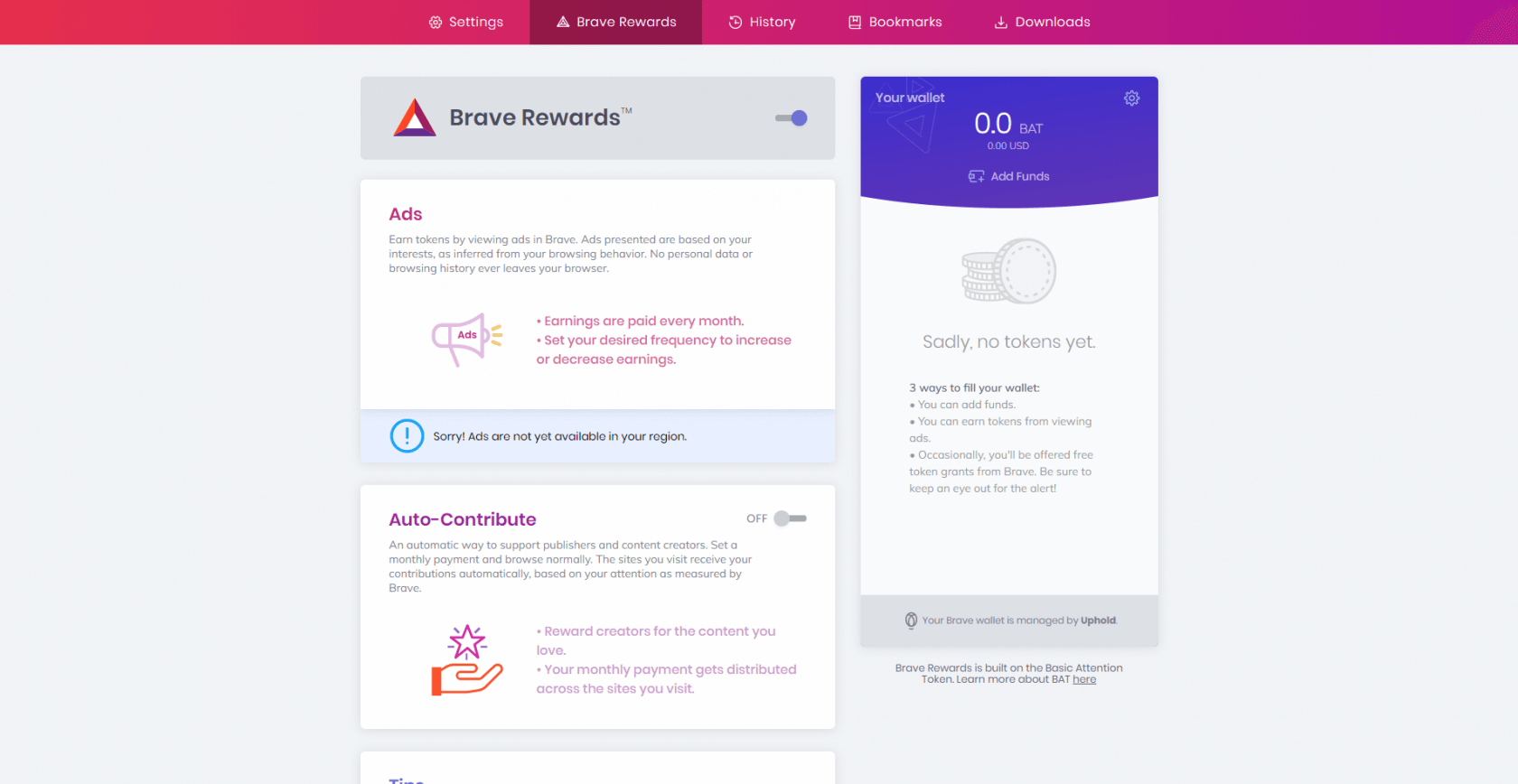


Controls whether site isolation should use origins instead of scheme and eTLD+1.

This is a first step towards full enforcement of CORS-RFC1918: – Mac, Windows, Linux, Chrome OS, Android An IP address IP1 is more private than IP2 if 1) IP1 is localhost and IP2 is not, or 2) IP1 is private and IP2 is public. (Enabled) – Prevents non-secure contexts from making sub-resource requests to more-private IP addresses. Block insecure private network requests.GPU rasterization (Enabled) – Use GPU to rasterize web content.Experimental QUIC protocol (Enabled) – Enable experimental QUIC protocol support.Smooth Scrolling (Enabled) – Animate smoothly when scrolling page content.(Enabled) – Conceal local IP addresses with mDNS hostnames. Anonymize local IPs exposed by WebRTC.Allow invalid certificates for resources loaded from localhost (Enabled) – Allows requests to localhost over HTTPS even when an invalid certificate is presented. – Mac, Windows, Linux, Chrome OS, Android.Hardware Secure Decryption (Disabled) - Enable/Disable the use of hardware secure Content Decryption Module (CDM) for protected content playback. – Windows.Enable Reader Mode (Disabled) - Allows viewing of simplified web pages by selecting 'Customize and control Chrome'>'Distill page' – Mac, Windows, Linux, Chrome OS.

Override software rendering list (Enabled) – Overrides the built-in software rendering list and enables GPU-acceleration on unsupported system configurations.In this blog, I will show you how to maximize your Brave Browser Privacy and Security with no browser extensions by going into brave://flags and changing the settings for better privacy and security.


 0 kommentar(er)
0 kommentar(er)
